Internal mid-range solution: Creative Sound Blaster Z SE
Starting at about 89 Euros, you can already get a mid-range solution for installation in a PCIe slot. To be fair, it has to be mentioned that there are already good external DACs available for this purpose, which certainly don’t cut a worse figure. Of course, you always have to decide whether you still want an external “jumble” and whether the range of functions up to the microphone support is really sufficient. There are users and situations where an internal sound card still has its justification, and that’s exactly why we’re taking a look at it.
The SE in the name stands for “Special Edition” and is supposed to replace or upgrade the Sound Blaster Z, which is already around nine years old. Creative now advertises a virtual 7.1 sound output specifically designed for headphones as well as headsets, customizable gaming profiles, and microphone and headphone EQ presets, but these require the new version of the Sound Blaster Command software. Otherwise, the audio specifications are the same as for the predecessor model without SE, i.e. 116 dB SNR at a bit rate of up to 24 bit with 192 kHz.
Whereby the SPDIF is technically limited to 96 kHz here, because more data cannot be transmitted via the optical cable. Creativ gives SBX Pro Studio, CrystalVoice, Scout Mode, DTS Connect encoding and Dolby Digital Technology as usable audio technologies, after all. The basis is once again the somewhat outdated Sound Core3D audio processor, but that’s not so bad. The integrated AMP can drive headphones with up to 600 ohms, but I’ll get to that in a moment.
In addition to four 3.5mm jacks, the Sound Blaster Z SE has a separate TOSLINK optical output and input each, as well as the usual DA audio header for connecting the front panel to the chassis. An external power supply is not necessary. The board has a metallic cover at least on the front side, which is also connected to the ground potential of the board.
Hardware-wise, the card is already a small step forward compared to the Audigy FX, but the same components are also found. We already know the CA0113-4AG HDA bus controller from the Audigy FX V2, plus Nichicon FG caps, an 8416CN for the optical ports and as DAC the CS4398-CZZ from Cirrus Logic. The OpAmps are a bit different, here we find JRC 2114 and 4556A in togetherness. Of course, one can live with that, the only question is how well conversion and shielding perform.
By the way, the card is also recognized by Windows 11, but of course you should install SB Command if you want the full functionality including GUI. Windows still drags around drivers from 2020. So it is well worth installing the full package or at least updating the device driver. For testing, I once again clamped the Sound Blaster Z SE behind the fat graphics card. There is no rear shielding of the sound card, so let’s be surprised.
Maximum output level at 32 and 600 ohms
Do the two OpAmps bring us any audible and measurable progress here? Yes, this works just fine, so let’s start with the widely used 32 ohms. With 69.82 mW RMS per channel instead of the 7.3 mW of the Godlike’s onboard sound, you even get 9.6 times the output power! These are extreme improvements, because you can get pretty much all headphones to maximum level easily. With a whopping 1.4949 Vrms at 32 ohms, most acoustic emergencies can actually be handled with a casual gesture.
But what happens if you want to use 600-ohm headphones? With a real 2.495 Vrms and almost 10.1 mW RMS, you still get 3.2 times the onboard sound, which is rather modest with 3.1 mW RMS and just under 1.37 Vrms. This is already enough decent ear cinema, but it is also a significant and especially audible improvement for higher impedance headphones from 250 ohms. But you still have to be fair and emphasize that this still does not make it a high-end solution. I don’t want to spread useless euphoria here, even though it definitely appeals to me. If someone is really only looking for a more level-fixed solution because he mainly gambles, he is welcome to grab this one as well.
External voltage distance
Again, the measurement during operation is of course the slave of the motherboard, graphics card and power supply. Of course, the theoretical values from the specs of the components can never be reached (I already wrote something on the first page), but you can compare the products and sound solutions quite well! Let’s first look at the idle state on the desktop again with the maximum volume setting, which is still free of distortions, for the possible full level of just now.
With 0.0011 volts, one is just above that of the onboard solution due to the significantly higher overall gain, but this is still better in relation. The 0.483 Vrms of the onboard chip are compared to 1.495 Vrms. And so the distance to the interfering signal increases from 1:537 to 1:1359, which is, however, a tad worse than the Audigy FX V2’s result, but still excellent. That’s why I prefer to look several times when gaming, even if it’s only marginally.
Now we start the game and load the savegame. In Ultra-HD and maximum settings, the graphics card really has to choke and over 500 watts flow through the thick pixel heater. I now measure 0.0089 Vrms which also results in a ratio of 1:168 to the maximum measured 1.495 Vrms. For the onboard sound, it was 0.0074 Vrms versus 0.4831 Vrms, resulting in a ratio of only 1:65. This is also significantly worse, so the additional sound card is again really worth it.
But what happens again in the in-game menu when the high FPS rates send the voltage converters into the stress test? This is also interesting, because it results in a ratio of 1:120 for the sound card compared to the 1:115 for the Audigy FX V2 and the really bad ratio of 1:48 of the onboard solution, where the chirping in the menu really got on your nerves.
Interim summary
If you spend just under 90 Euros and buy a Sound Blaster Z SE, you will get a better and more rounded product compared to the Audigy FX V2. Whether you need all the functionality of the software, gaming profiles including microphone DSP and the better optical output is something you have to decide for yourself. But DTS and Dolby Digital can be weighty arguments if the motherboard doesn’t allow it. And compared to the Audigy FX, the external voltage margin is also better when gaming under load. Sound-wise, the card (without the bone mill activated for sound) could definitely convince me, even though we are still miles away from the high-end. But the fact is that the power amplifiers are better than what is often offered externally. So for under 100 euros you can leave it.
However, I don’t want to go any higher in this article, because we are already getting into regions where discussions about the gaming vs. professional segment start to be worthwhile. Above a certain price point, the whole thing overlaps and the gaming products can only score, if at all, via DSP and the accompanying software, if you believe you can’t live without all the gaming bells and whistles. That’s why I’ll stop here for now and test the external devices in the similar price sequence without adding too heavily to the price right away.
Otherwise, I would have the usual specs, but you already know that:
- 1 - Introduction and Overview
- 2 - Humming and other unwanted "sound"
- 3 - Noise and jitter on the external USB DAC
- 4 - Graphics cards and intermodulation
- 5 - Onboard: Realtek ALC1220 vs. Realtek ALC1200
- 6 - Onboard: Realtek ALC4080 and ALC4082
- 7 - Datasheets: Realtek ALC1200, ALC 1220 and ALC 4080/ALC4082
- 8 - RMS voltage, output power and sound level
- 9 - Intern: Creative Sound Blaster Audigy FX V2 (Entry Level)
- 10 - Intern: Creative Sound Blaster Z SE (Mid-Class)
- 11 - Extern: Creative Sound Blaster G3 (Entry Level)
- 12 - Extern: Creative Sound Blaster X4 (Mid-Class)
- 13 - Summary and Conclusion















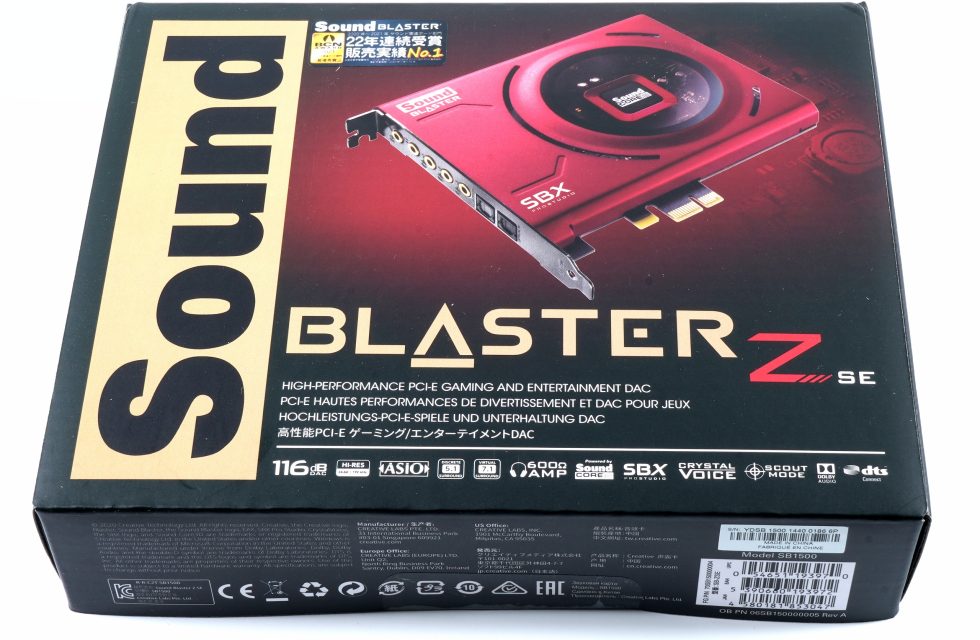
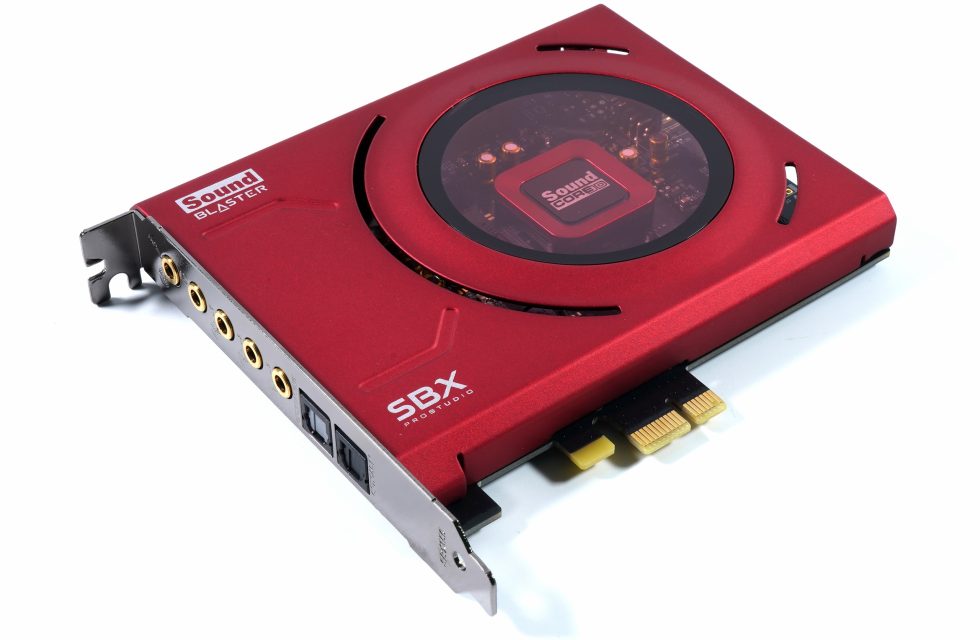
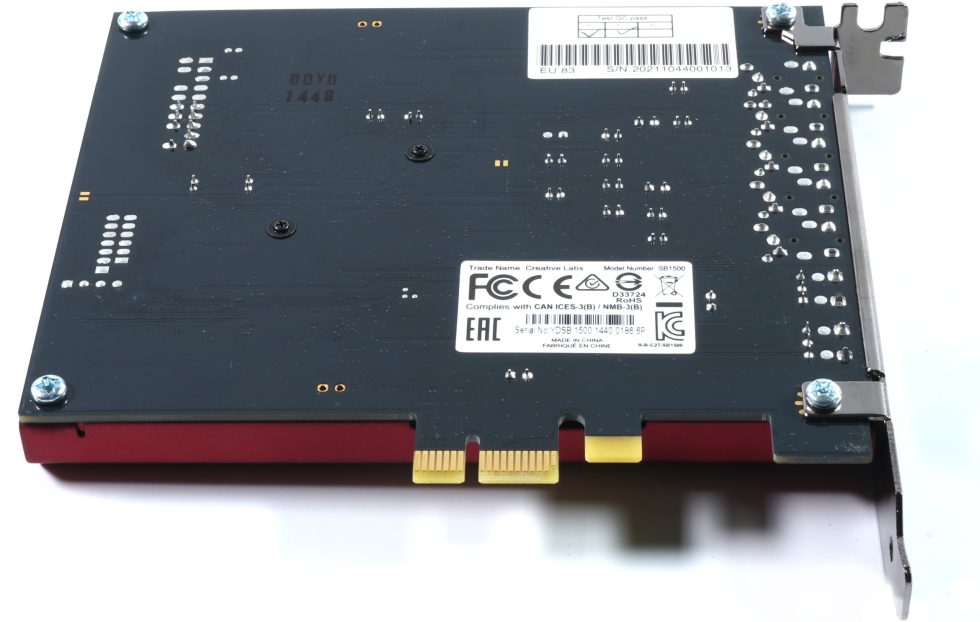
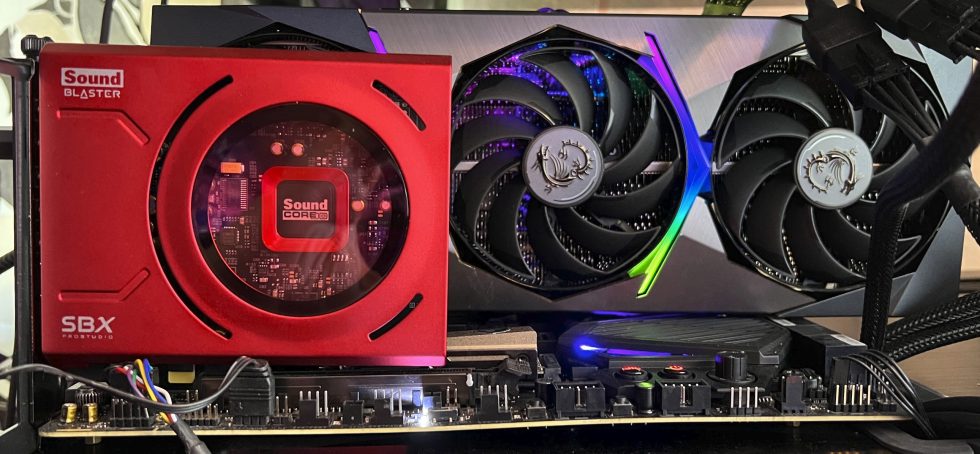


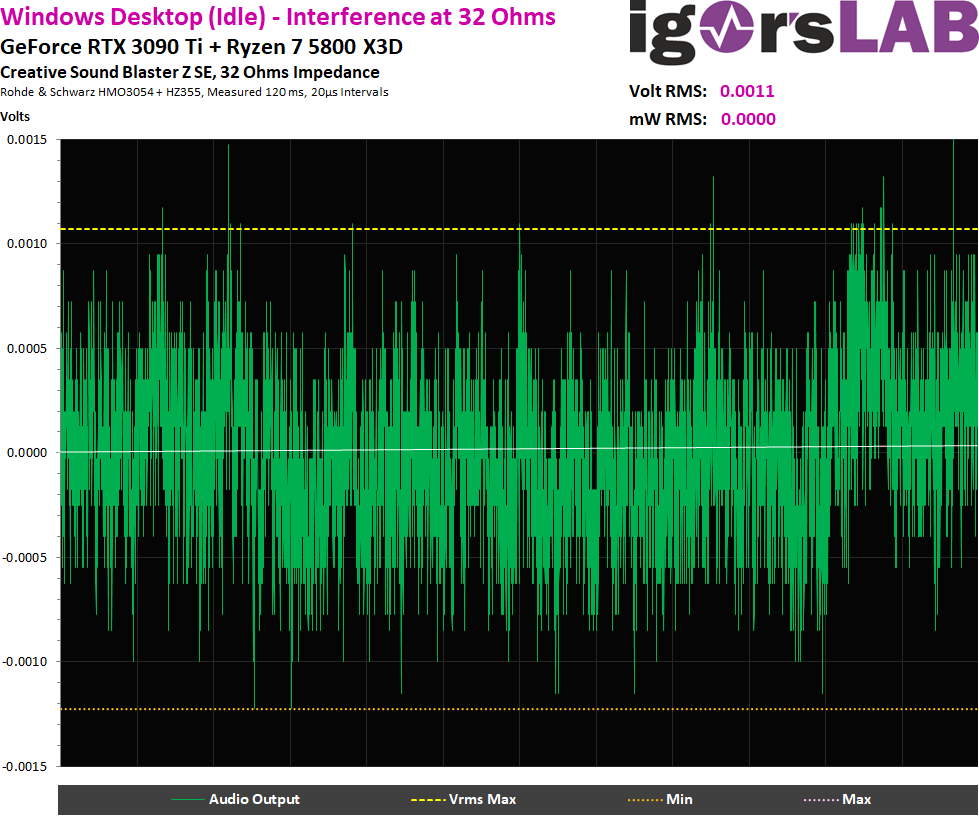
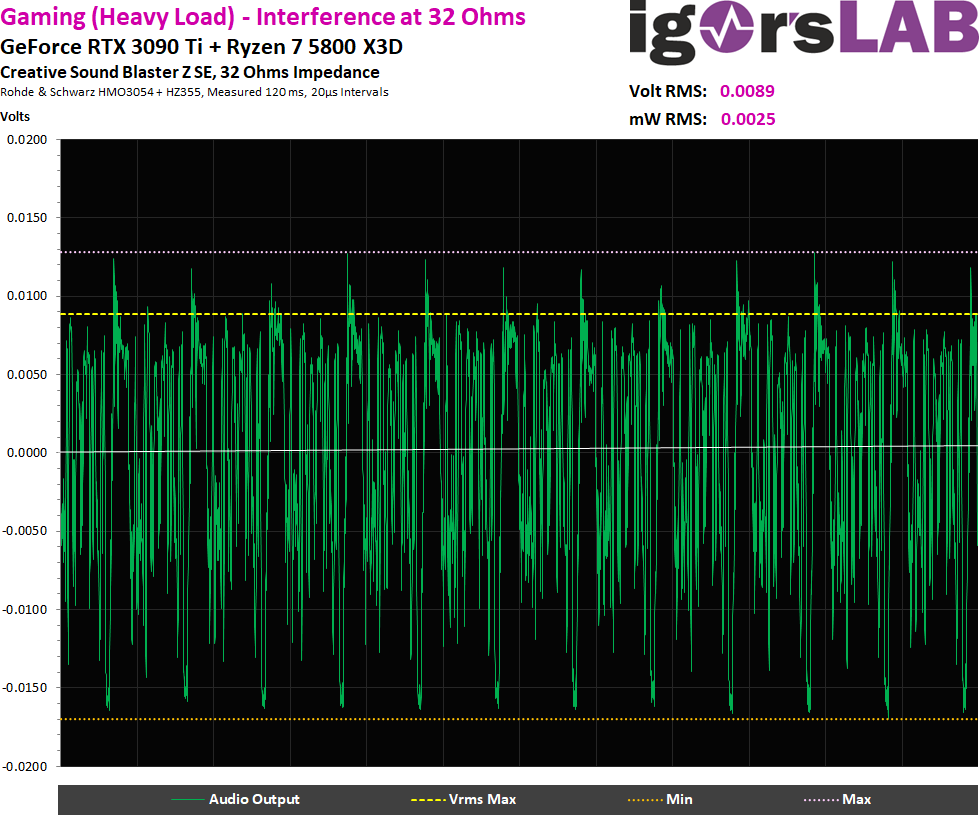
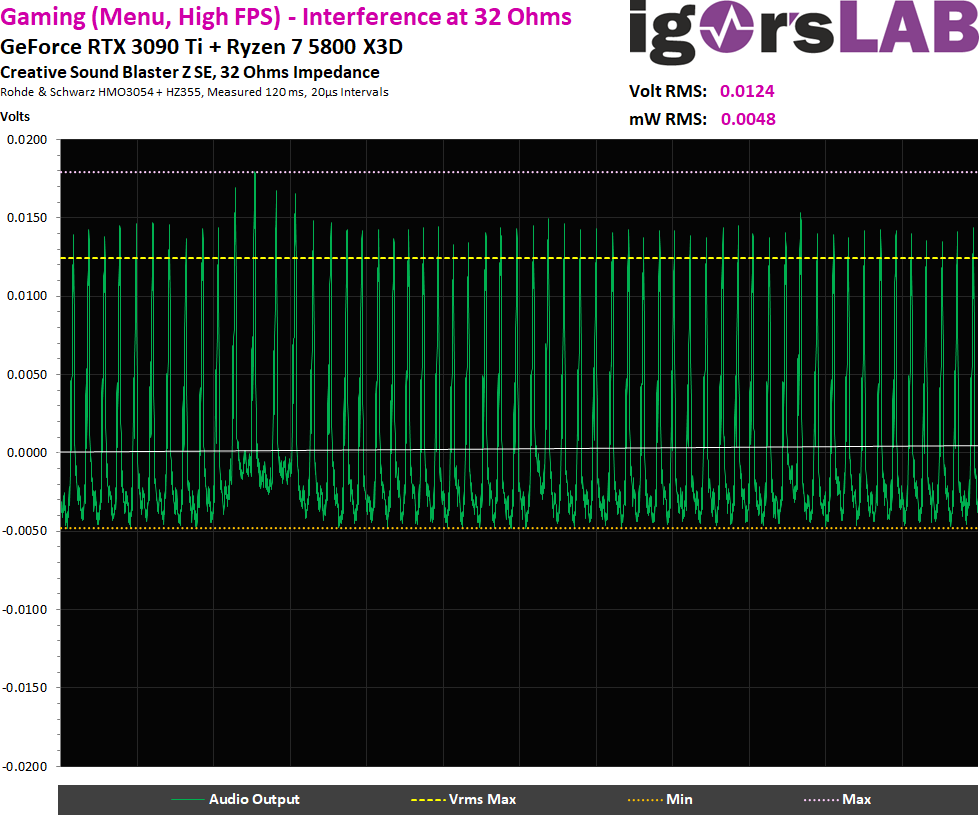
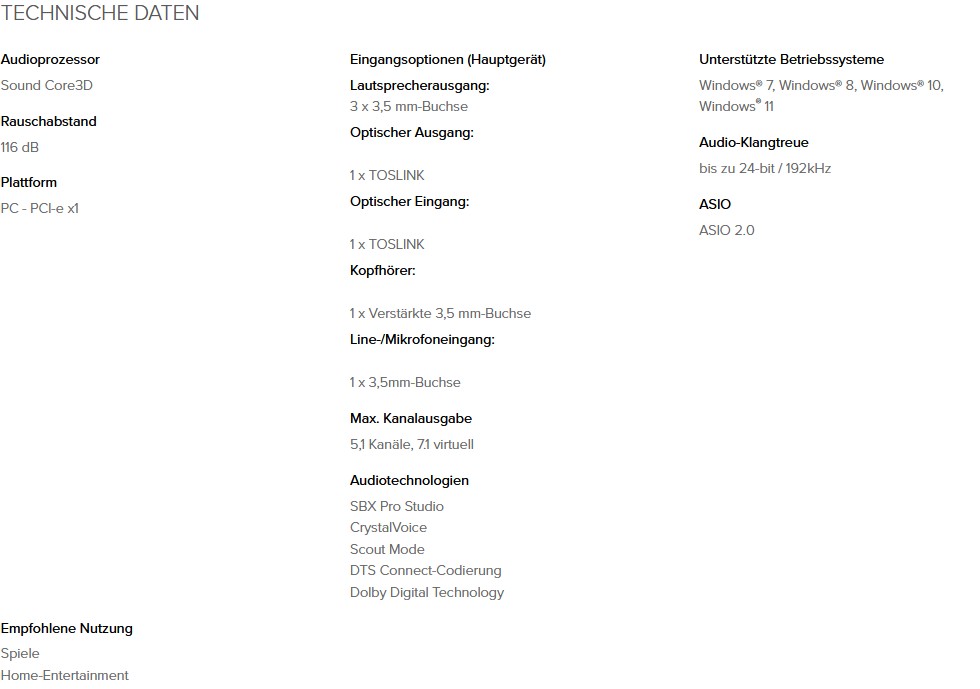



















199 Antworten
Kommentar
Lade neue Kommentare
Mitglied
1
Urgestein
Veteran
1
Veteran
1
Urgestein
1
Veteran
1
Urgestein
1
Urgestein
Urgestein
Urgestein
Urgestein
Urgestein
1
Alle Kommentare lesen unter igor´sLAB Community →